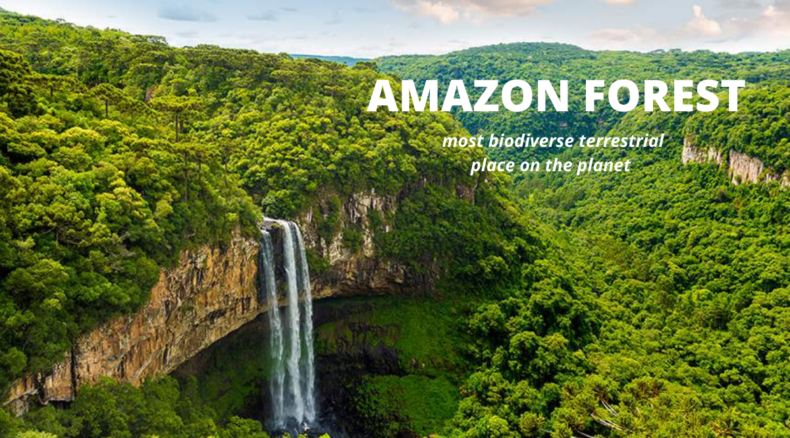Fire and logging reduce the carbon stored in Amazon forests, but the long-term impact of forest degradation on animal communities remains unclear. Safeguarding tropical forest biodiversity requires solutions for monitoring ecosystem structure over time. “Fire and logging reduce the carbon stored in Amazon forests In the Amazon, logging and fire reduce forest carbon stocks and alter habitat, but the long-term consequences for wildlife remain unclear, especially for lesser known taxa.
Fire and logging reduce the carbon stored in Amazon forests, but little is known about how human degradation alters animal communities. We recorded thousands of hours of ecosystem sounds to investigate animal community assembly and the associations between biodiversity and biomass following Amazon forest degradation over time. 24-hr patterns of acoustic activity differed between logged and burned forests, and we observed large and sustained breakpoints in community structure after multiple burns. Soundscape differences among degraded forests were clearest during insect-dominated hours rarely sampled in field studies of biodiversity. These findings demonstrate that acoustic monitoring holds promise for routine biodiversity accounting, even by non-experts, to capture a holistic measure of animal communities in degraded tropical forests and benchmark change over time.

The Acoustic niche hypothesis (ANH) says that in a well-established ecosystem, different species tap into different bandwidths in order to avoid competition. So, each species sings at a unique pitch/frequency at unique times. However, in disturbed ill-formed ecosystems, a particular bandwidth is tapped into by more than one species while other bandwidths frequencies may have been left completely un-utilised. ‘The more degraded an ecosystem is, we can expect to see “holes” in the soundscape that represent local species extinctions, and more overlapping signals due to less time for adaptive/evolutionary processes for differentiation into distinct niches,’ says Danielle Rappaport, the lead author of the study published in PNAS this month . ‘An increase in ASO means that more “acoustic channels” are utilized by coexisting species in a habitat. In other words, species are emitting sounds in a greater range of hours and frequencies during the 24-hour cycle,’ Rappaport added.

Overall, the study highlights that the potential eco-acoustic studies have to monitor biodiversity change in the event of degradation, for ‘competition for acoustic space is the strongest.’ For example, this study allowed researchers to realise links between habitat conditions and animal communication other than that of just birds. In future, studies measuring acoustic differentiation can be clubbed with satellite measurements and ground-based assessments to shed light on biodiversity responses especially in the hyper diverse tropics
Biological diversity is disappearing rapidly in response to human activity, especially in tropical forests, which are home to well over half of Earth’s terrestrial species.
Social Media heading
- Animal soundscapes in amazon
- Amazon forest degradation
READ MORE:-













